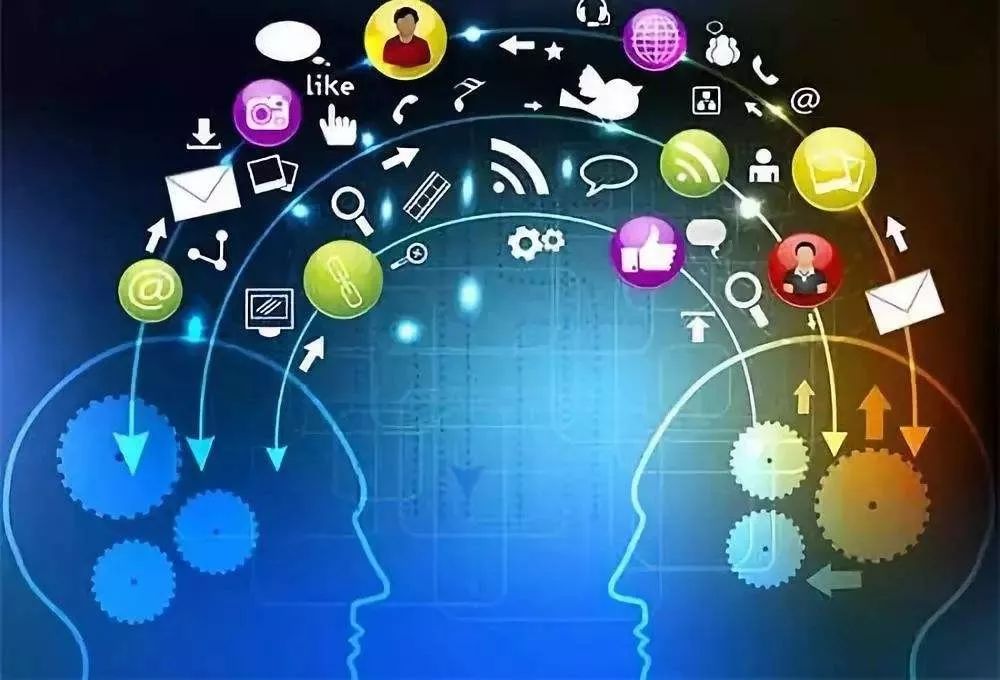In the digital age, the advent of social media has revolutionized how cultures are shared, preserved, and transformed. Platforms such as Facebook, Instagram, TikTok, and Twitter have transcended geographical boundaries, creating a global village where cultural exchange happens in real-time. This article explores the impact of social media on cultural dissemination, highlighting both the opportunities and challenges it presents.

The Power of Social Media in Cultural Dissemination
- Global Reach and Accessibility: Social media platforms have unparalleled global reach, enabling individuals and communities to share their cultural expressions with a worldwide audience. Traditional dances, music, art, and customs that were once confined to specific locales are now accessible to anyone with an internet connection. This democratization of cultural dissemination allows for a richer and more diverse cultural landscape.
- Cultural Awareness and Appreciation: Social media fosters cultural awareness and appreciation by exposing users to a variety of cultural practices and perspectives. Through hashtags, viral videos, and interactive content, users can learn about different traditions, languages, and lifestyles. This exposure can lead to greater empathy and understanding among diverse groups, promoting a more inclusive global society.
- Preservation of Cultural Heritage: Digital platforms play a crucial role in preserving cultural heritage. Communities can document and archive their cultural practices online, creating a digital repository that future generations can access. Social media campaigns and initiatives can also raise awareness about endangered cultural traditions, mobilizing support for their preservation.
- Cultural Innovation and Fusion: The digital age has given rise to new forms of cultural expression and innovation. Social media encourages the blending of different cultural elements, resulting in hybrid art forms, music genres, and fashion trends. This cultural fusion reflects the dynamic and evolving nature of human creativity, celebrating the intersection of diverse cultural influences.
Challenges and Concerns
- Cultural Appropriation: One of the significant challenges of cultural dissemination through social media is the risk of cultural appropriation. When cultural elements are borrowed or misrepresented without understanding their significance, it can lead to the commodification and trivialization of cultural heritage. This can be particularly harmful to marginalized communities whose cultural identities are exploited for commercial gain.
- Loss of Authenticity: The rapid spread of cultural content on social media can sometimes result in the loss of authenticity. As cultural practices are adapted and modified for online consumption, they may lose their original meaning and context. This dilution of cultural heritage can undermine its value and significance.
- Digital Divide: While social media has the potential to connect people globally, the digital divide remains a significant barrier. Access to technology and the internet is not universal, and many communities, particularly in developing regions, may be excluded from the digital cultural revolution. This disparity can exacerbate existing inequalities and limit the diversity of cultural expressions online.
- Misrepresentation and Stereotyping: Social media can perpetuate cultural stereotypes and misrepresentations. Simplified or sensationalized portrayals of cultures can reinforce harmful biases and prejudices. Ensuring accurate and respectful representation of diverse cultures requires critical awareness and responsible content creation.
Strategies for Responsible Cultural Dissemination
- Education and Sensitivity: Promoting cultural sensitivity and education is crucial for responsible cultural dissemination. Social media users should be encouraged to learn about the cultural significance of the content they share and engage with it respectfully. Educational campaigns and resources can raise awareness about the importance of cultural respect and understanding.
- Community-Led Initiatives: Empowering communities to take the lead in sharing their cultural heritage ensures that cultural expressions are represented authentically. Supporting community-led social media initiatives and platforms can provide a space for genuine cultural exchange and storytelling.
- Ethical Content Creation: Content creators and influencers have a responsibility to approach cultural content ethically. This includes giving credit to original sources, avoiding cultural appropriation, and representing cultures accurately and respectfully. Collaboration with cultural experts and communities can enhance the authenticity and integrity of cultural content.
- Inclusive Access: Bridging the digital divide is essential for equitable cultural dissemination. Efforts to improve access to technology and the internet, particularly in underserved regions, can ensure that more communities can participate in the digital cultural revolution. Supporting digital literacy programs can also empower individuals to engage with social media effectively and responsibly.
Conclusion
The digital age, propelled by social media, has sparked a cultural revolution that redefines how cultures are shared and experienced. While it offers unprecedented opportunities for cultural dissemination and innovation, it also presents challenges that require careful navigation. By promoting cultural sensitivity, supporting community-led initiatives, and ensuring inclusive access, we can harness the power of social media to celebrate and preserve the rich diversity of global cultures in a respectful and meaningful way.
